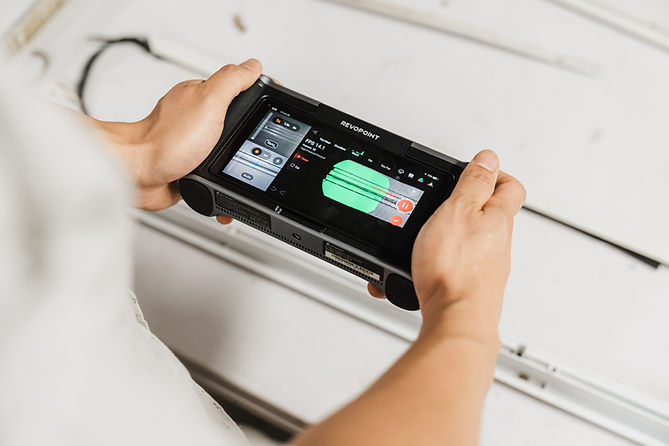
Reverse Engineering
Bring Legacy Parts Back to Life — With Precision
Our reverse engineering services transform existing parts into accurate 3D CAD models and manufacturable designs. Whether you need to reproduce obsolete components, analyze a competitor’s part, or create digital files for legacy equipment, our process uses 3D scanning, CAD modeling, and material analysis to deliver data you can trust for prototyping or production.
Our Process
1. Part Assessment – We evaluate the physical part, noting geometry, materials, and functional requirements.
2. 3D Scanning & Measurement– Using a tailored blend of 3D scanning, metrology, photogrammetry, and precision gauges, we capture high resolution (x<0.001") point clouds to properly duplicate complex geometries.
3. CAD Modeling & Analysis – We generate or refind CAD models in Fusion 360, Solidworks, Rhino, or your preferred platform. For 3D scans, we use Rhino to ensure dimensional continuity and polygon optimization for proper manufacturability.
4. Validation & Output – We confirm accuracy against the original via a coordinate measuring machine (CMM), redundant scanning, and/or high resolution 3D printing (for rudimentary geometries) and provide files optimized for prototyping (additive manufacturing, cast molding, etc.) or mass production processes (injection molding, progressive die tooling, vacuum forming, etc.).
01
Part Assessment
Every reverse engineering project starts with a careful part assessment.
For new innovators, this means we simply examine your part’s shape, size, and purpose to understand what it does.
For engineers, we also capture critical details like tolerances, material properties, surface finishes, and functional interfaces.
By combining practical inspection with precise measurement, we build a clear picture of how the part works, how it was made, and what’s needed to reproduce or improve it.

02
.jpg)
3D Scanning & Measurement
We use a tailored mix of 3D scanning, metrology, photogrammetry, and precision gauges to capture every detail of your part.
Think of this as creating a high-resolution digital copy of your component — even if it has complex curves or hidden features.
For engineers, our process delivers point clouds with accuracy down to x < 0.001”, ensuring geometries, tolerances, and interfaces are recorded with high fidelity for CAD modeling and production readiness.
03
CAD Modeling & Analysis
Once measurements are complete, we translate your part into a precise 3D CAD model.
If you haven't interacted with CAD before, this means creating a digital blueprint that can be adjusted, tested, and reproduced.
For engineers, we work in Fusion 360, Solidworks, Rhino, CREO, or Inventor, ensuring compatibility with your workflow.
For 3D scans, we use Rhino to maintain dimensional continuity and optimize polygons, resulting in manufacturable models that are accurate, efficient, and production-ready.

04

Validation & Output
In the final step, we verify that the digital model matches the original part. We double-check accuracy before moving into production by using a blend of techniques ranging from coordinate measuring machines (CMMs), redundant scanning, to high-resolution 3D printing (for simpler geometries) to confirm dimensional integrity.
Once validated, we deliver files optimized for your next step — whether prototyping (additive manufacturing, cast molding) or mass production (injection molding, progressive die tooling, vacuum forming).
